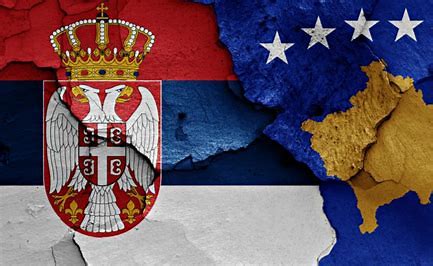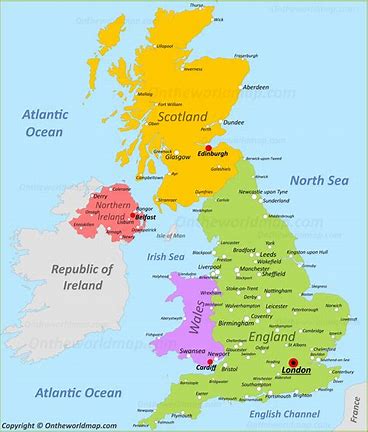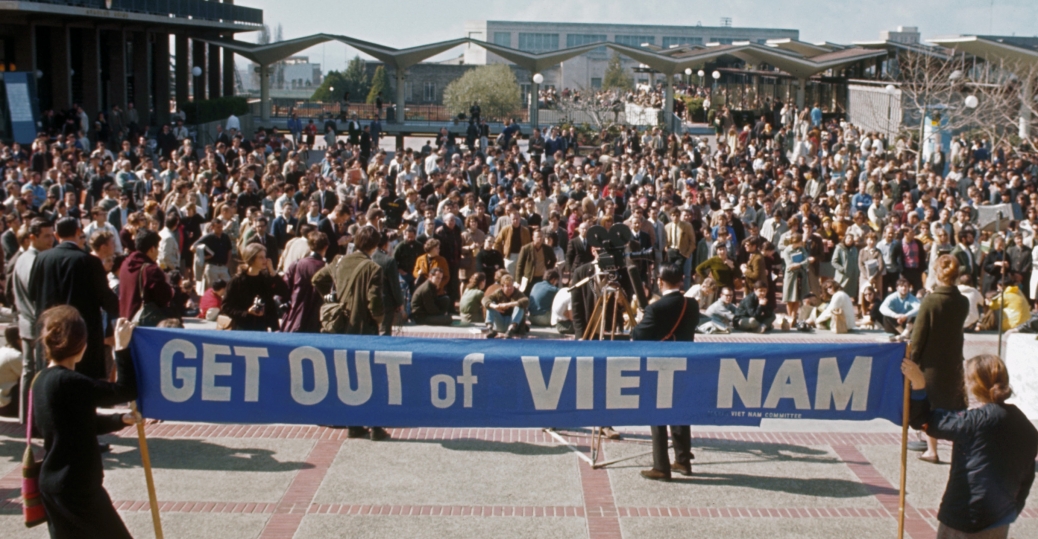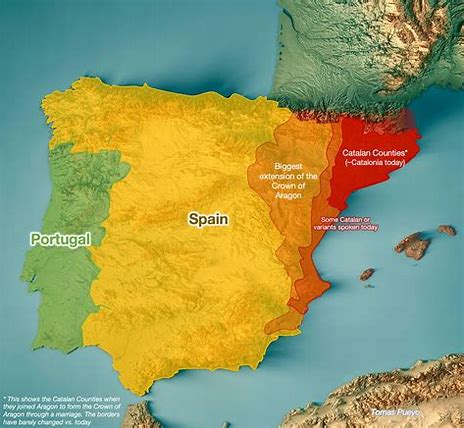
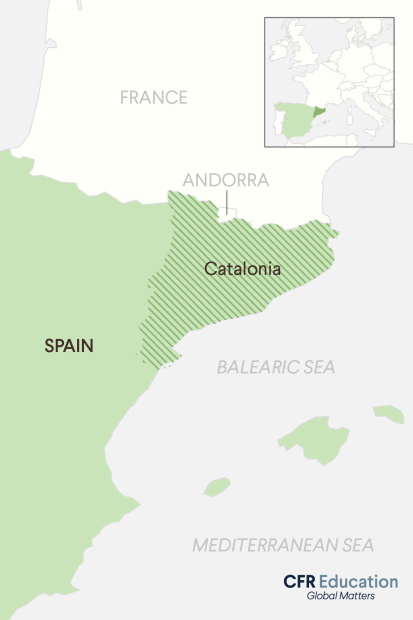
In Catalonia, a wealthy Spanish region, separatists feel that the government takes more in taxes than it returns in services. In 2017, separatists staged a controversial referendum seeking independence from Spanish control. Spain immediately responded by dissolving the Catalan parliament, arresting local leaders, and sending in police to crush protests. Why did Spain respond so forcefully? First and foremost, Spain wanted to keep its wealthiest region (home to Barcelona) under its control. However, Spain is also a unique country in that it comprises seventeen autonomous communities like Catalonia. Several of these autonomous regions have agitated for independence historically. For the Spanish government, secession in Catalonia could empower separatist movements elsewhere in the country (such as the Basque region). This could risk undoing the delicate balance between the central and regional governments.Share
The Methods
Once movements have established what they want and governments have made their reservations clear, what can movements do to achieve their goals?
The most peaceful process is to work with the central government to hold a referendum. The self-determination movement could have to agree to terms and conditions for the referendum, which takes time and compromise from both sides. However, this path is most likely to lead to both sides respecting the outcome of the vote.

